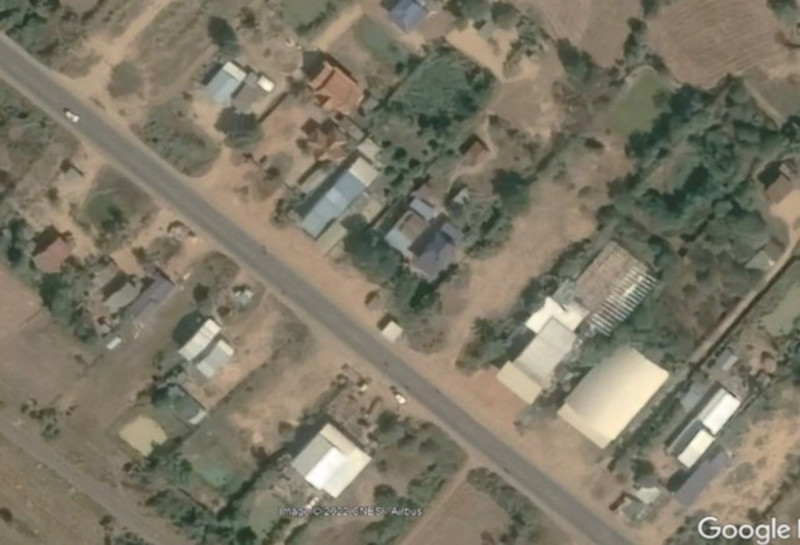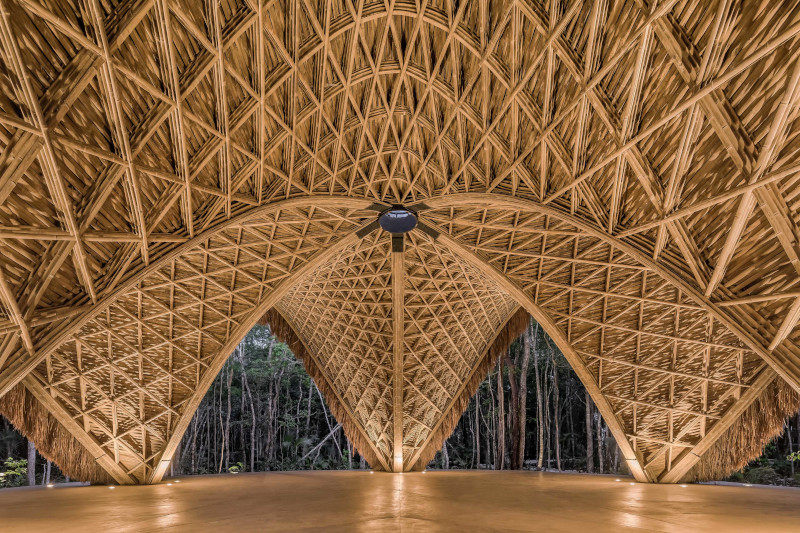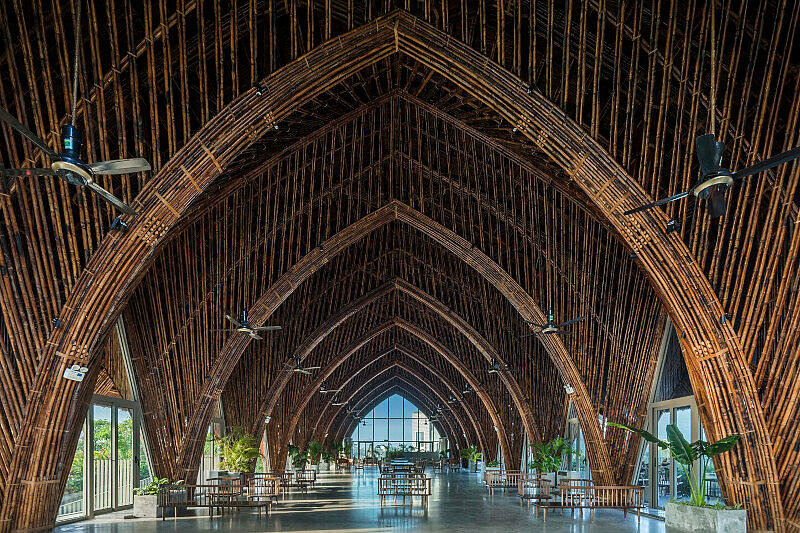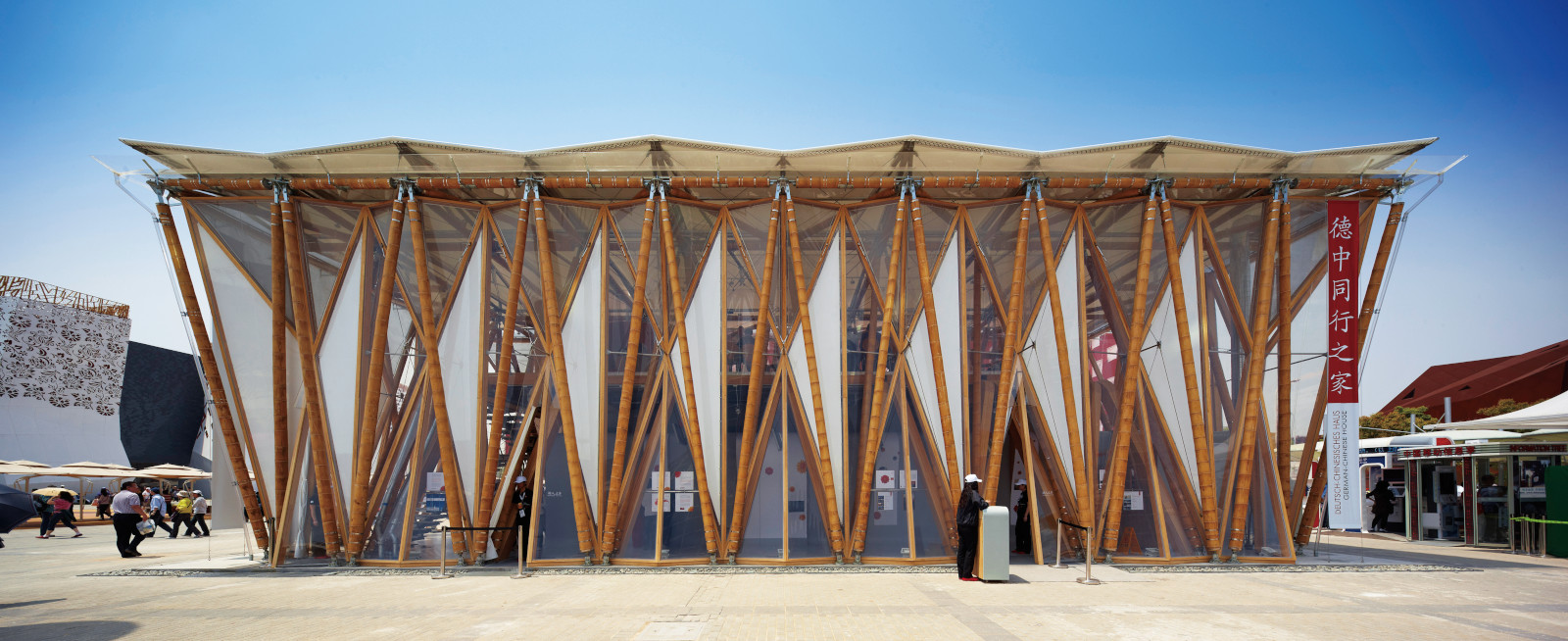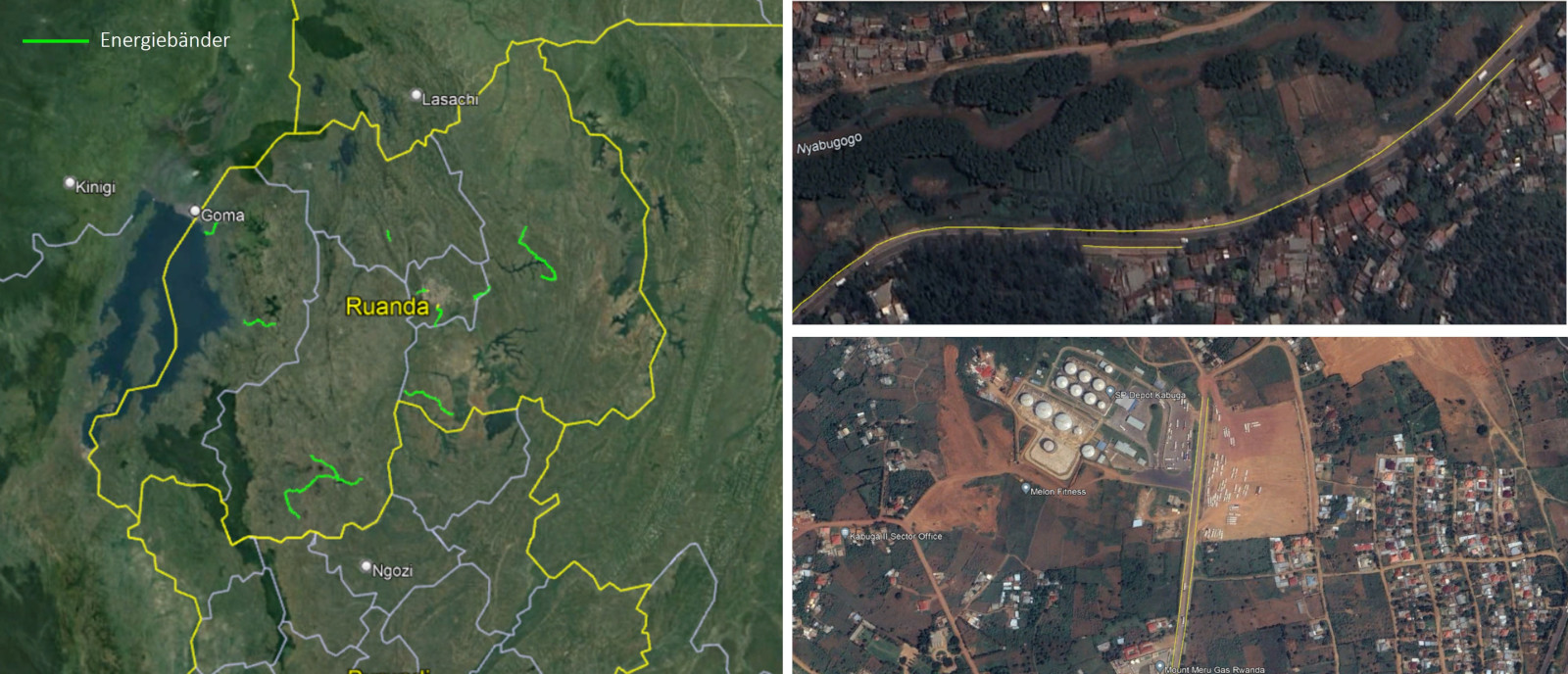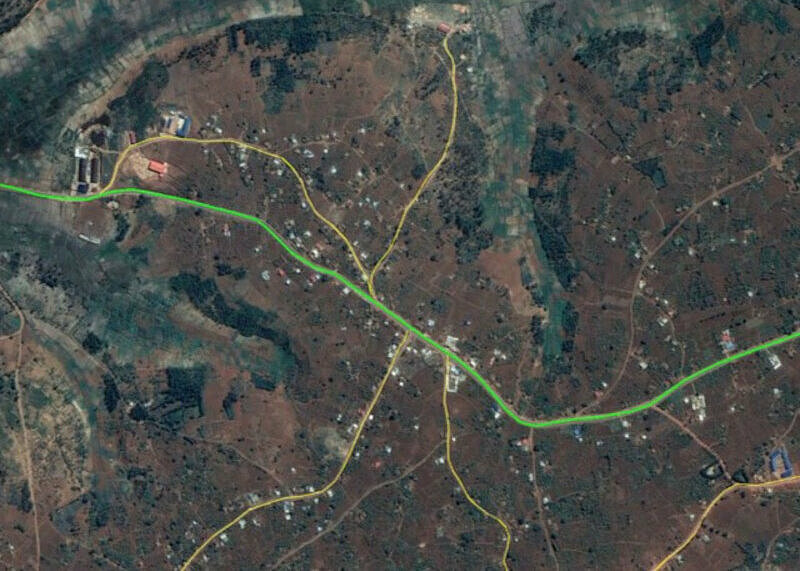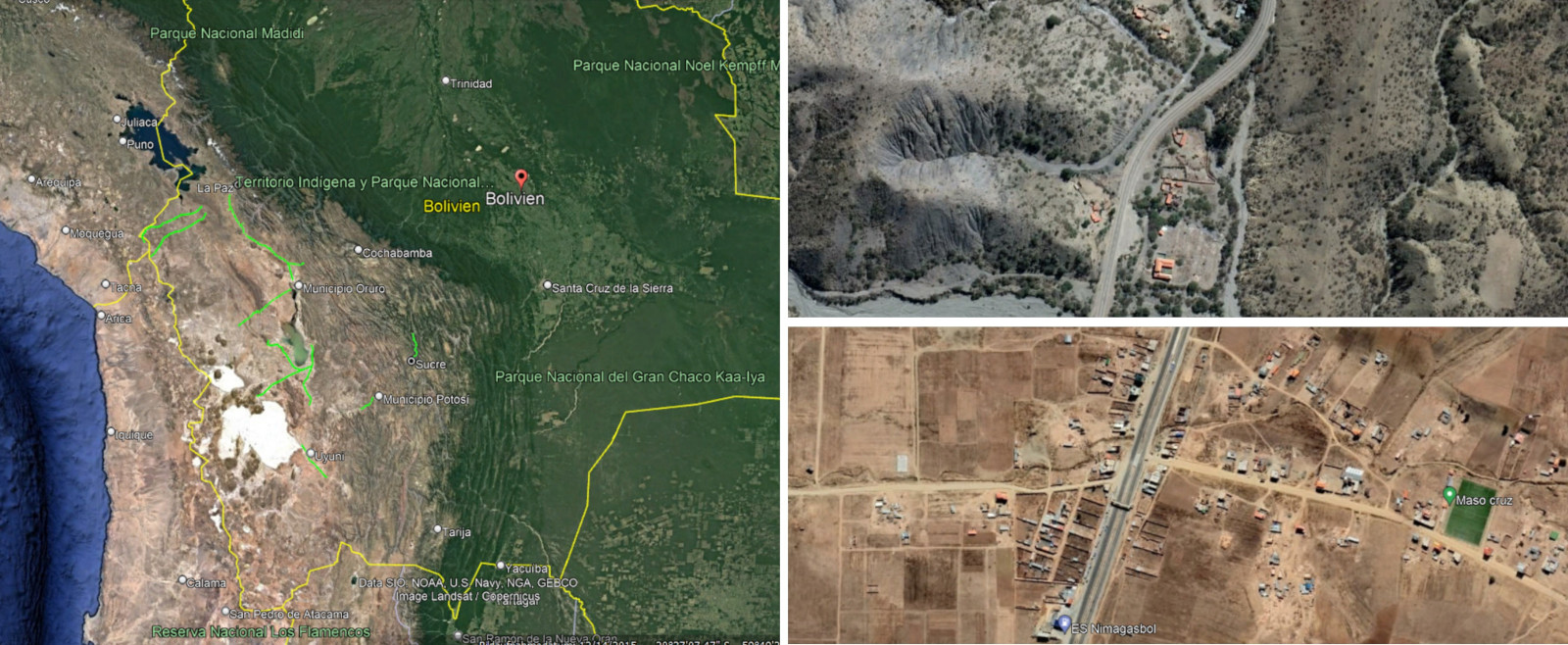Energy Bands can be used worldwide due to their simple and flexible installation
For each country, it is necessary to consider: the routes along which Energy Bands make sense, whether they should be small and distributed on an as-needed basis or run along long motorways, the main consumers and important types of storage towards which they can run, and the other renewables with which they should be coupled.
In addition to the prerequisite of a functioning infrastructure, the country must also have a comparatively low crime rate, as photovoltaic installations can otherwise be stolen.
In addition, it is necessary to investigate which local and inexpensive, durable construction materials can be used to build the Energy Bands, since they consist of simple commodity components, but poles made out of steel would be are a larger cost item.


